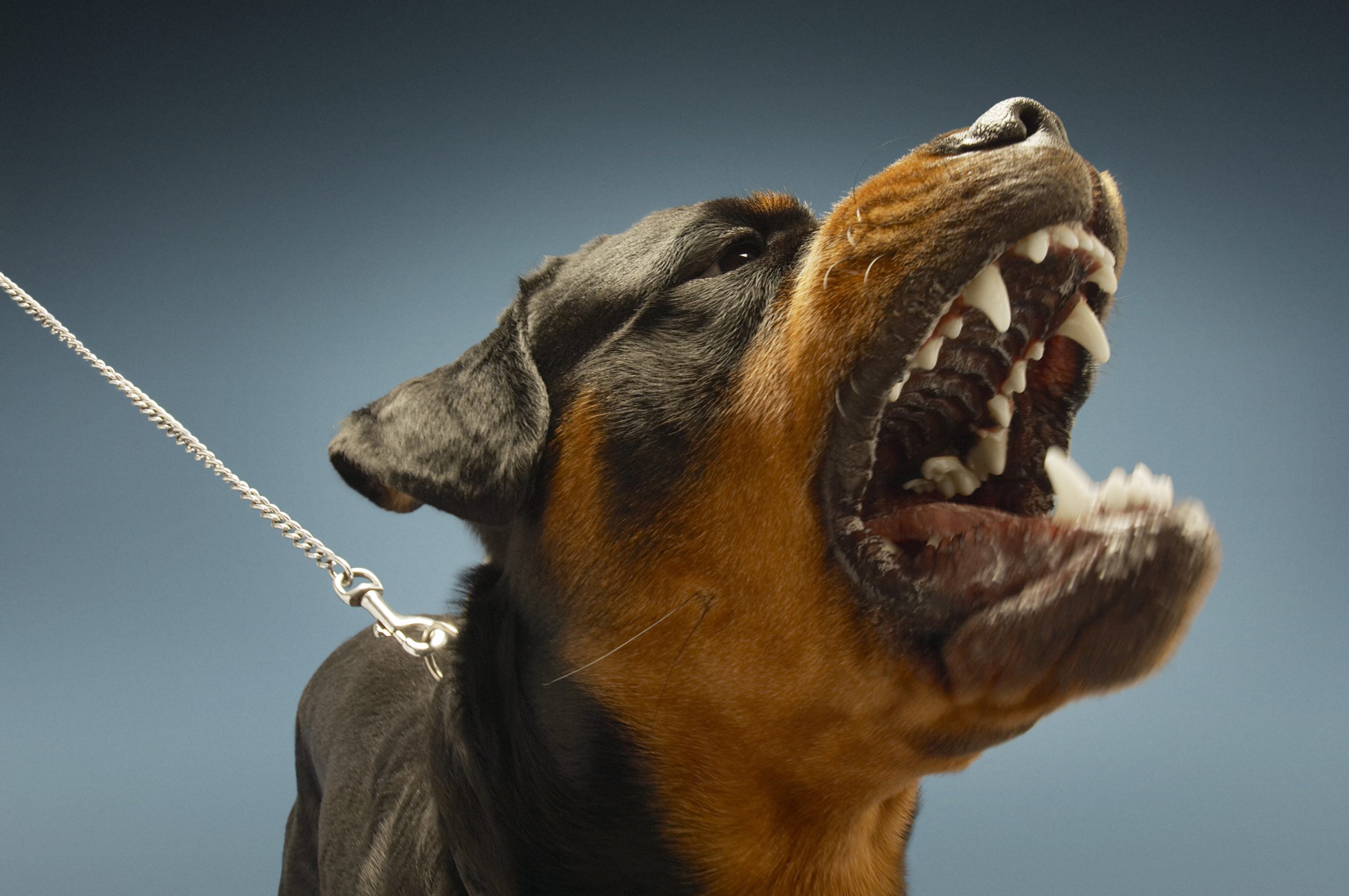
Top 4 Tips to Stop Aggression in Dogs
Despite being a man’s best friend, a dog responds to a negative environment, behavior, and trauma the same way we do – with aggression. However, unlike us, they react primarily on instinct. This means that if a dog is scared or nervous, it will respond with aggression to try and protect itself.
If your dog cannot control its aggressive urges, it means that it has never been taught differently
Here are some common signs that a dog is acting aggressively:
- Bared teeth and snarling.
- Direct eye contact and refusal to back down.
- Growling.
- Lunging at members of the family, strangers, and other animals/pets.
- Aggressive play.
- Rigid posture.
These signs can manifest in any dog whether it belongs to a small breed (such as a Chihuahua) or a larger ones (such as a Border Collie or a Great Dane). The only difference between the two is that a large dog can cause more damage than a smaller one. However, keeping an aggressive Chihuahua around can take a toll on your family and social life, especially if it tends to bite.
The good news is that your pet can be trained out of that behavior with appropriate training and obedience classes. Here are some best practices that you can practice on your own:
1. Protect Yourself and Your Family
One of the first things you should do is to ensure your safety by muzzling your dog if it bites without warning. This measure will also ensure that you or the trainer doesn’t get bitten when training the dog and that the dog doesn’t get into serious fights.
2. Change How You Interact With Your Pet
Dogs respond to the energy that you have when you interact with it and the same goes for everyone else who tries to play with the animal. For instance, if you are excited, your dog will respond in kind but if you are scared, it will try and replace you as the pack leader.
Unfortunately, the latter usually translates into biting, nipping, and growling which, if not curbed, can translate into full-blown aggression. Prevent that from happening by remaining calm when you interact with your dog even if you are excited to see it. Your pet will respond to that soothing energy and calm down.
3. Establish Boundaries
If your dog refuses to get off the couch or the bed when told to do so, it means it considers itself the alpha, not you. The problem is not that it is on the furniture, but that you did not allow it to be there.
So before allowing your pet on the bed, you need to establish yourself as the pack leader first. If that means it has to sleep in a dog crate till it understands that your word is law, so be it. You are not punishing your pooch when you do this. You are just appealing to its pack instincts by establishing a chain of command.
4. Enroll Your Dog in Obedience School
Aggressive dogs need strict and regulated obedience training to snap out of problematic behavior patterns. The course can also establish yourself as the alpha and create a routine that ensures your pet remains happy at home and outdoors and responds amicably to people, other pets, and situations.
If you are looking to achieve off-leash dog obedience training in Montgomery County for your family dog, the Good K9 Academy will not disappoint. Get a feel for the program by enrolling with the Basic Obedience Package before going onto the Advance Package.
